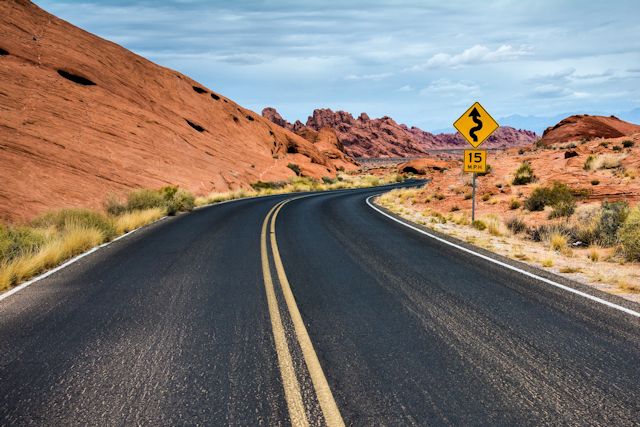10 Lessons We've Learned
1. Traveling light does work.
It has been very liberating to know that we can carry all our "stuff" on our backs with us as we move from place to place if needed. Never have we had any need to store our luggage anywhere. With only one backpack each and small day bags that can fit into the backpacks, we're 100% portable all the time. Actually there have occasionally been things we wish we'd left home-- like the rain gear we brought for our Dartmoor hiking in May. But then it pours like it did in Venice one day and we're glad. We have yet to discover anything we wish we'd brought but didn't.

2. Apps do not trump maps.
No matter how many gadgets we have and how many cool apps, there is no substitute for a good map, especially when working with a flexible itinerary. The GPS is indispensable, the apps are great, too, but the old-fashioned map is still a necessity. Unlike the apps, a map doesn't depend on a wifi connection to use it and its battery never dies.
3. Do your homework.
Yep, you'd think we would have learned this lesson in elementary school, but if we had, we wouldn't have been wandering around Venice lost on a rainy Sunday night. Since that experience, we always email our next hotel to ask the best way to reach the hotel. When traveling by train, this is especially critical, but with GPS being an imperfect system, we have found it best to ask always.
 |
| Input your PIN here. |
This isn't true universally, but we've encountered it enough to realize we should have one. Though it is never needed in the U.S. for our credit cards, the same cards are useless in some places without a PIN. On a positive note, never does a restaurant server take your card away from the table. Instead, they bring a portable machine to the table so your card never leaves your sight. We definitely like that and would like to see it implemented in the U.S.
space
In some places we've stayed, our internet access has been spotty and even intermittent. Often the signal is so weak, we feel like we've returned to the days of dial-up. We have not found wifi to be as universally accessible as we had hoped.
 |
| Towel warmer or clothes dryer? |
We forgot that we were in Europe when we saw "Guest Laundry" listed as an available amenity at one of the hotels where we were staying. With visions of a U.S. type washing machine and clothes dryer dancing in our heads, we gathered up our dirty clothes and went to the front desk to inquire about the location of this wonderful facility. "There is a form and a bag in your room," we were told. Then they would send the clothes out to a service for laundering. So we have learned to hand wash our clothes (fairly often since we didn't bring that many) and have been thrilled with how well towel warmers work to speed up the drying. In fact, horizontal versions of towel warmers are sold as heated clothes dryers in places like the UK, where our familiar tumble dryers are strongly discouraged because of their excessive use of energy.
 |
| No free lunch, no free pee |
We have needed it many times for public toilets, and nothing is worse than not having the coins you need when you need them, especially when you're confronted with a self-serve machine. 'Nuff said.
 |
| Duct tape is your friend. |
Since European countries use a different electrical voltage and outlets from the U.S., you will need an adapter. Fortunately most of today's electronic gadgets have a built-in converter (like that black box on the power cord of your laptop), so there is no longer a need to carry a bulky converter to change the voltage. With multiple electronic gadgets, you can avoid the need for multiple adapters by bringing a small U.S. extension cord with several outlets. The other advantage to an extension cord is that you can tape your adapter to the extension cord. This will prevent it from staying in the outlet when you unplug your things at checkout time.
 |
| Bruges is full of Americans carrying Rick Steves' guidebook. |
In our research for this trip, we heard a lot about Rick Steves, the travel guru of Europe Through the Back Door fame. We had no idea, however, of the extent of his influence. Sure, we had seen him on PBS and read some of his newspaper columns and even checked out some of his books from the library. But little did we know, this guy has an inordinate impact on Americans' travel decisions in Europe. More than once, we have seen people walking around clutching their Rick Steves guidebooks as they visit a city. He is given much of the credit for making the Cinque Terre region of Italy a tourist mecca. Where Steves says go, his followers swarm in hordes. If you have any desire to stay off the beaten path, avoid places recommended by this man of tourism influence.
We always stay away from money exchange outlets because their rates usually favor the home currency and they collect a handsome fee. When possible, we try to use an ATM at a bank with reciprocity agreement with our U.S. bank to avoid fees. Even when we have to pay a fee, it's usually only one percent, which makes cash a better option as our credit card companies charge a 3 percent foreign transaction fee.
Finally, we've been reminded that time flies. It's hard to believe we've been on this trek for a month already. We're eager to experience all that the next two months have to offer and hope we learn more along the way.















































